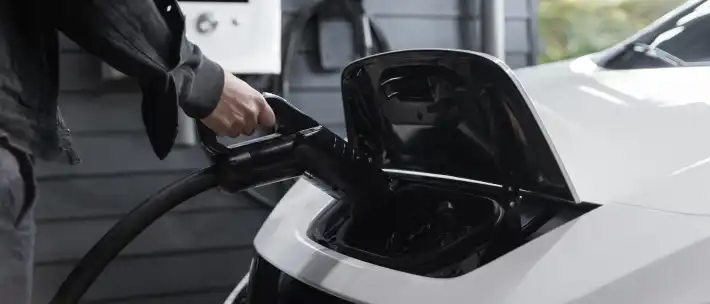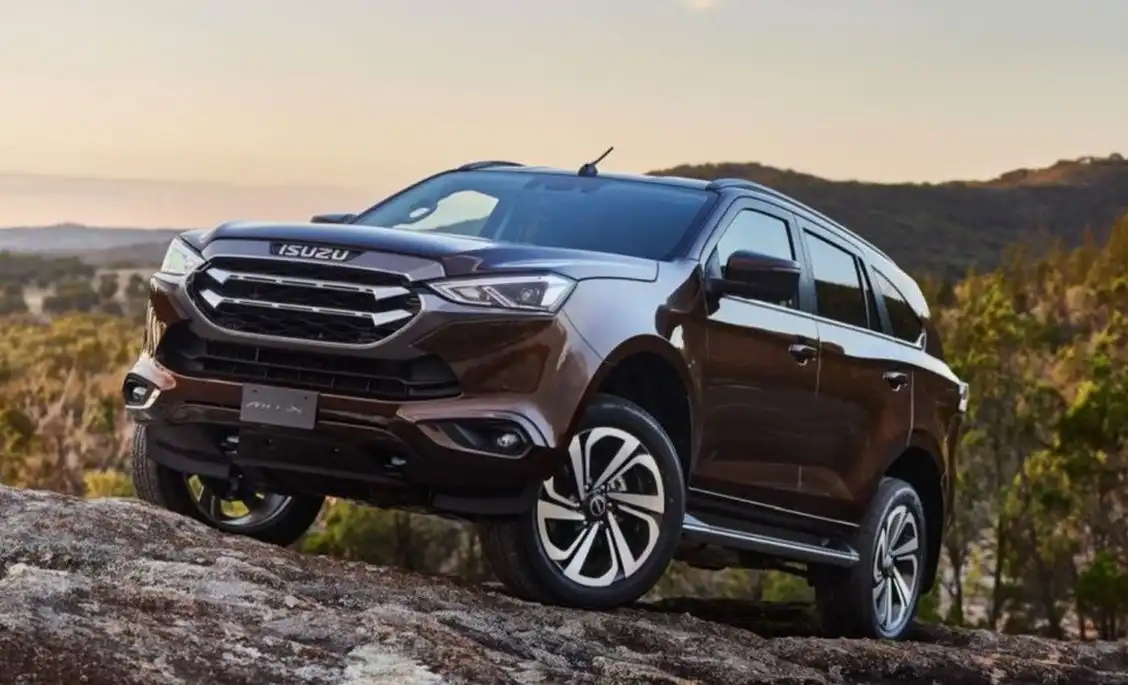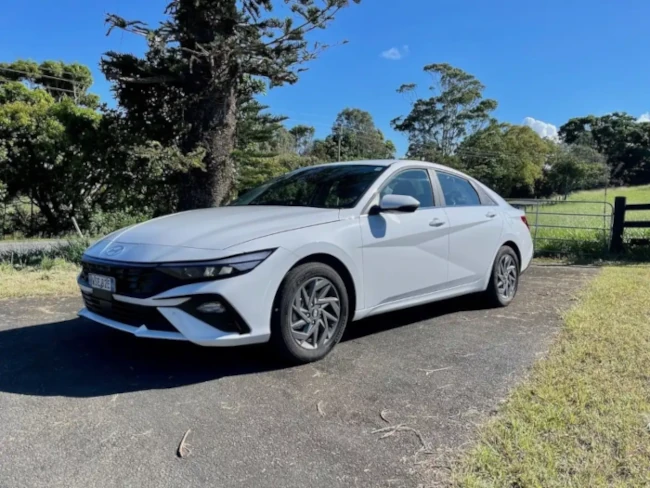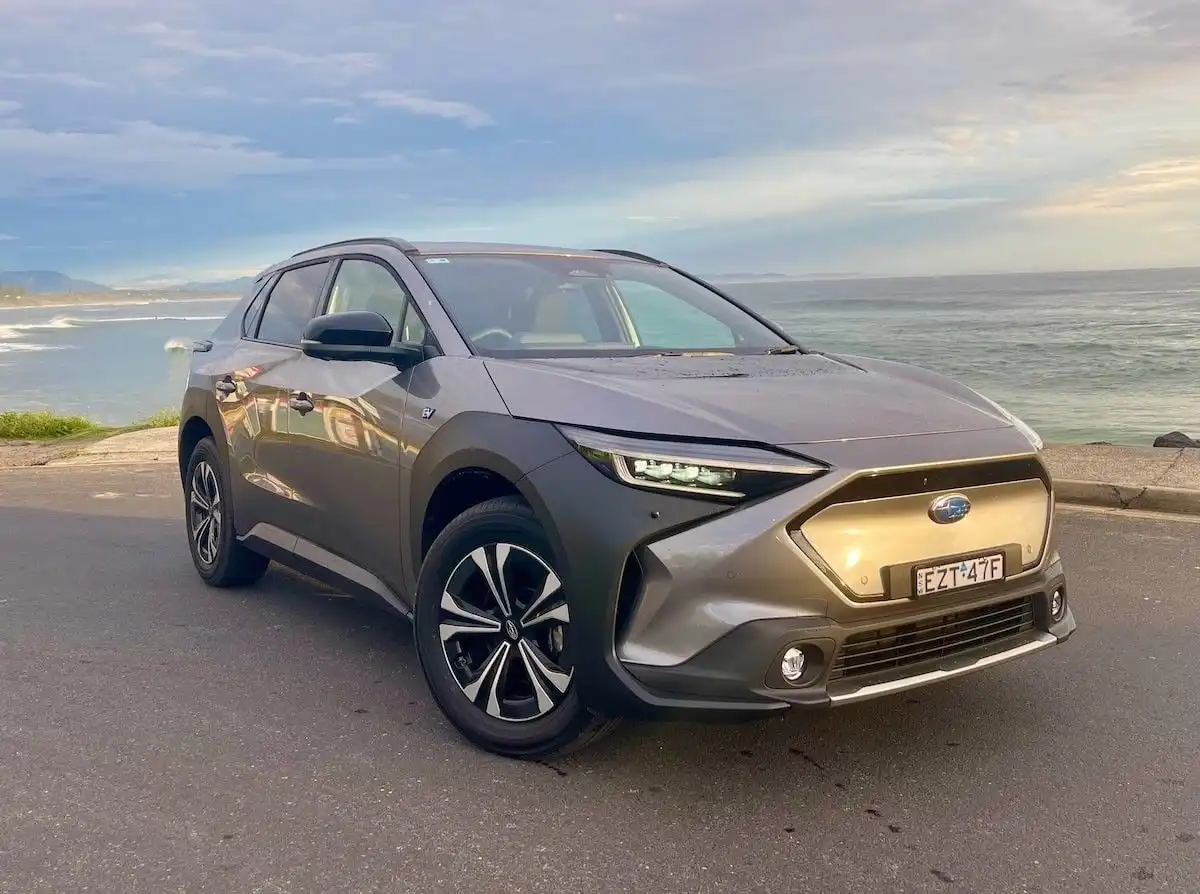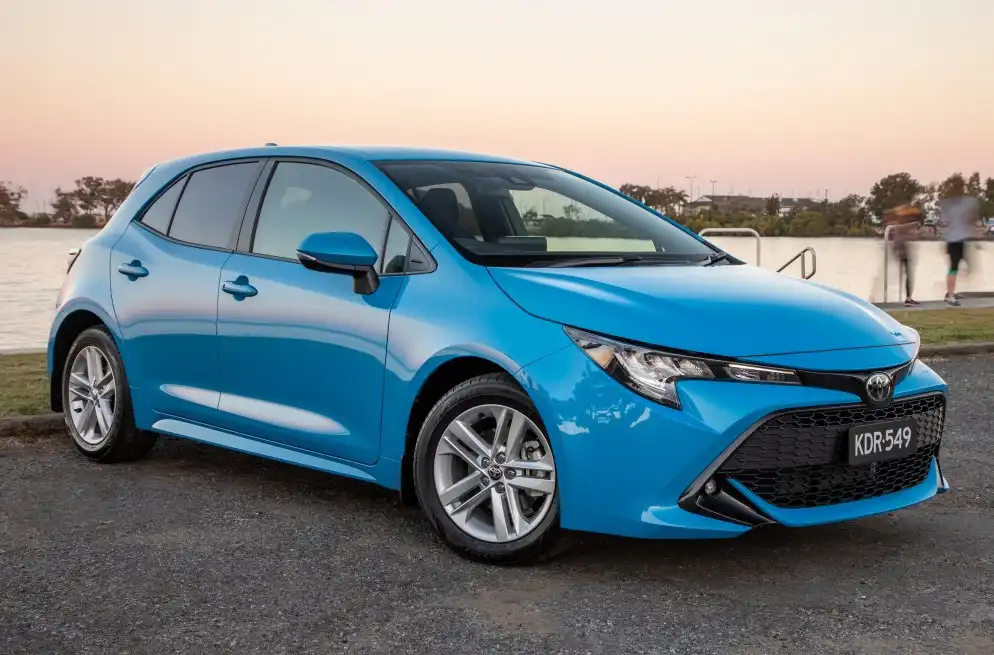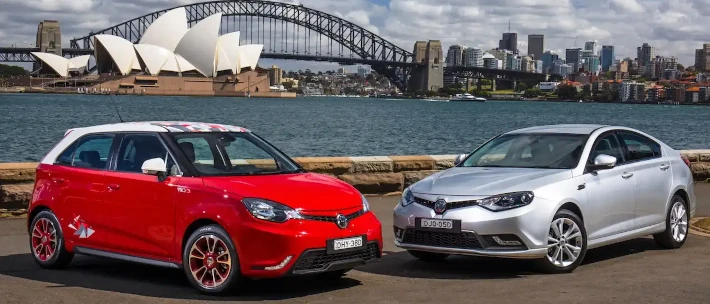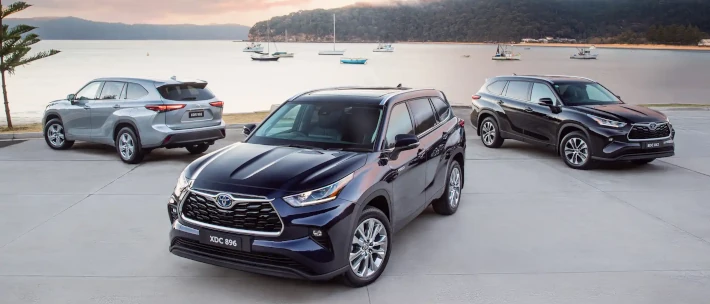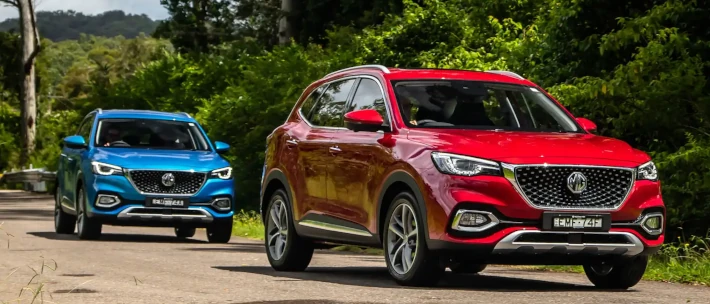Hybrid vehicles have been, and will continue to be an important stepping stone in this journey, while plug-in hybrids (PHEVs) bridge the gap between a conventional hybrid and a fully-electric vehicle.
Without an engineering degree, though, it can be difficult to know exactly what’s happening underneath a hybrid, PHEV or battery-electric vehicle, which is what we’ll be unpacking today.
Join us as we take a quick look at how hybrids, plug-in hybrid vehicles (PHEV) and battery-electric vehicles work.
How Do Hybrid Cars Work?
While hybrid engines come in a wide variety of shapes, sizes and complex designs, the overall idea is quite simple: they pair a traditional internal combustion engine, ICE for short, with one or more electric motors.
Some have a battery charging the electric motors, while others use the internal combustion engine as an onboard generator.
Different manufacturers offer different types of hybrid systems, but the idea itself doesn’t change too much. The power thrown to the wheels is sourced from a mix of energy from the electric motors and the internal combustion engine, except in the case of mild hybrids.
Hybrid vehicles typically have very small battery packs and use onboard power generation to power their e-motors.
What are the Different Types of Hybrid Engines?
- Mild Hybrid: This does not drive the wheels with electricity; instead, it gives the ICE engine a small boost in energy, often while accelerating from a standstill with a 48V system.
- Parallel Hybrid: Powers the wheels with energy produced by the electric motors, internal combustion engine, or a mix of both.
- Series Hybrid: Provides electric power-only to the wheels with one or more electric motors, with energy to the motors sourced from the internal combustion engine.
What is a Plug-in Hybrid EV, or ‘PHEV’?
A plug-in hybrid electric vehicle, or PHEV for short aims to bridge the gap between a hybrid and a fully-electric vehicle by incorporating the clever hybrid tech we’ve just covered with a significantly larger battery pack.
This allows PHEVs to drive on electric power alone, albeit for short distances typically between 60-80km, although these figures are rising as electric motors become more efficient and the battery packs become larger.
What are the Pros of a Hybrid Car?
The main advantages of a hybrid car can be found in its impressive fuel efficiency figures when compared to a traditional internal combustion engine.
Using less fuel means that fewer greenhouse gasses are emitted from the exhaust pipe, making hybrids a more environmentally-friendly option for powering passenger vehicles.
Some hybrid vehicles also offer a heap more torque than you’d find in a traditional car thanks to the electric motor that provides instant and very entertaining acceleration.
There are also some financial incentives when it comes to opting for a hybrid vehicle, including less or zero stamp duty on the initial purchase, fuel savings over time, and other government initiatives that look to increase the number of hybrids on the road.
What are the Cons of a Hybrid Car?
The main downside of purchasing and owning a hybrid car in the long term can be found in the initial price tag, which is higher than a non-hybrid equivalent.
Another disadvantage of purchasing a hybrid is that the motor is more complex, which can translate to more time-consuming and potentially more expensive maintenance bills if something were to go wrong.
A hybrid system also adds weight to the vehicle which can impact its handling, although the difference here is negligible.
How Do Electric Cars Work?
As the name suggests, an electric car powers its wheels with just electricity that eliminates the need for refining fossil fuels into petrol and diesel that are combusted.
The energy, in this case, electricity is stored in a large battery mounted beneath the floor of a vehicle and sent to an electric motor that sends power and torque to the wheels to propel the car.
What are the Pros of an Electric Car?
The primary advantages of electric cars are that they produce no carbon dioxide/monoxide emissions, and reduce our dependency on fossil fuels that contribute to climate change.
While the current sources of energy for charging battery-electric vehicles are primarily sourced from fossil fuels, this can and will change as the power grid becomes integrates more renewable sources of energy.
Another major positive for EV owners is that they require far less maintenance than an (ICE) vehicle. While very sophisticated, the average electric motor uses just twenty parts compared to 2,000 of an ICE powertrain; fewer parts means there is less to go wrong and easy maintenance when there is an issue.
What are the Cons of an Electric Car?
The major downside of electric cars primarily centre on their limited range figures and the lack of charging infrastructure in Australia that makes current generation EVs difficult to use on a daily basis without prevalent fast chargers.
Using a standard outlet at home, electric vehicles can take more than 10 hours to fully charge, while a fast-charger can top up a battery pack from 10-80 per cent in under an hour.
Early generations of new technologies are often quite expensive, and the same applies to EVs which have lofty price tags that make them difficult to obtain for the average Australian buyer.
Finally, the sourcing of lithium-ion batteries and high-voltage components uses a heap of rare earth minerals that is energy-intensive and environmentally destructive.
Request a Quote
If our explainer has sparked your imagination and gotten you interested in the potential of owning a hybrid or battery-electric car, click here for a hassle-free quote, or get in contact with one of our car-buying experts.
